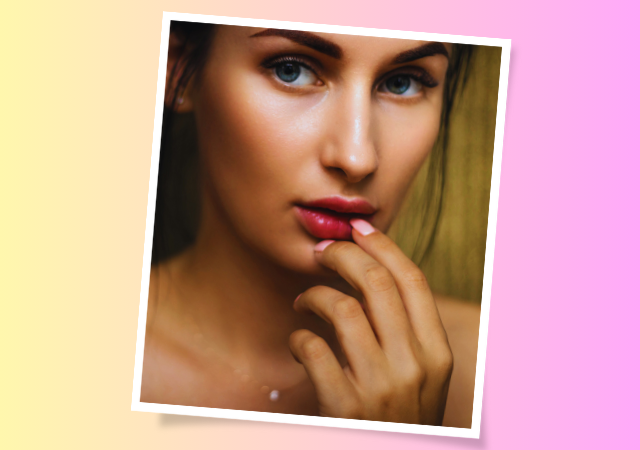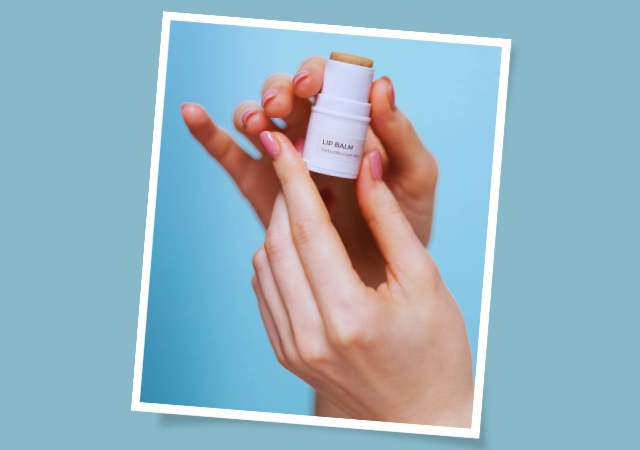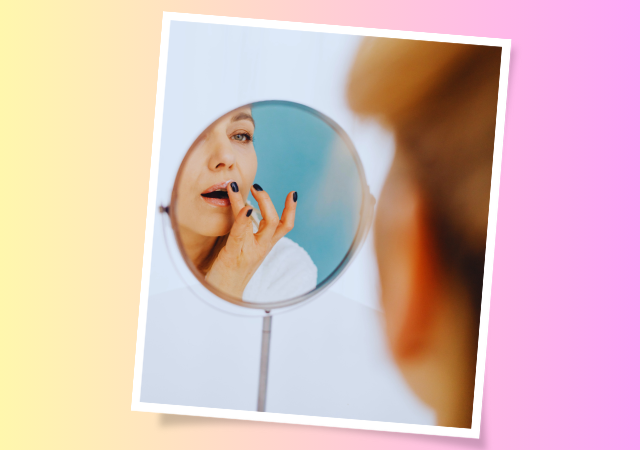The Ultimate Guide to Choosing the Best Lip Balm for Your Needs
Introduction
Welcome to “The Ultimate Guide to Choosing the Best Lip Balm for Your Needs.” Your lips deserve the best care, and finding the perfect lip balm is crucial for maintaining soft, supple, and healthy lips. In this comprehensive guide, we delve into the intricate world of lip care, exploring the anatomy of the lips, common lip issues, and the essential factors to consider when selecting the ideal lip balm. Whether you’re combating dryness, chapping, or simply seeking a daily lip hydrator, this guide provides insights into various lip balm formulations, key ingredients, and considerations for sensitive skin.
We’ll also explore eco-friendly options, budget-friendly choices, and expert tips for effective application. Join us on a journey to discover the ultimate lip balm tailored to your unique needs, ensuring your smile stays radiant and your lips stay irresistibly kissable.
The Ultimate Guide to Choosing the Best Lip Balm for Your Needs
I. Understanding Your Lips

Before embarking on your quest for the perfect lip balm, it’s crucial to understand the anatomy of your lips and identify any specific issues you might be facing. Lips lack oil glands, making them prone to dryness and chapping. Factors such as weather conditions, dehydration, and harsh products can exacerbate these issues. Take a moment to assess your lips’ condition and determine your unique lip care needs.
II. Types of Lip Balms

Not all lip balms are created equal. Understanding the different types of lip balms is essential for making an informed choice.
A. Basic Formulations
- Wax-Based Lip Balms: These balms create a protective barrier on the lips, preventing moisture loss. Beeswax and candelilla wax are common ingredients in this category.
- Petroleum-Based Lip Balms: Formulated with petroleum jelly, these balms provide a heavy-duty barrier, ideal for extreme weather conditions. However, they may feel heavier on the lips.
- Oil-Based Lip Balms: Lighter in texture, oil-based balms use natural oils like coconut or jojoba to hydrate the lips without feeling greasy.
B. Specialty Lip Balms
- Medicated Lip Balms: Infused with healing ingredients like menthol or camphor, these balms provide relief for chapped lips and cold sores.
- Tinted Lip Balms: Combining color and hydration, tinted balms add a touch of glamour while protecting and moisturizing your lips.
- Sunscreen-Infused Lip Balms: Essential for outdoor enthusiasts, these balms offer sun protection for your lips, preventing sunburn and premature aging.
III. Key Ingredients to Look For

The effectiveness of a lip balm largely depends on its ingredients. Look for formulations with the following key components:
A. Moisturizing Agents
- Beeswax: Known for its emollient properties, beeswax helps lock in moisture, preventing dehydration.
- Shea Butter: Extracted from the shea tree, shea butter is rich in vitamins and fatty acids, providing intense hydration.
- Cocoa Butter: A natural emollient, cocoa butter softens and nourishes the lips, promoting elasticity.
B. Healing Ingredients
- Vitamin E: A powerful antioxidant, vitamin E promotes healing and protects the lips from environmental damage.
- Aloe Vera: Soothing and anti-inflammatory, aloe vera helps calm irritated lips and accelerates the healing process.
- Lanolin: Extracted from sheep’s wool, lanolin is a natural moisturizer with excellent emollient properties.
C. Sun Protection Ingredients
- SPF Considerations: Opt for lip balms with SPF to shield your lips from harmful UV rays. SPF 15 or higher is recommended.
- Common Sun-Blocking Agents: Look for ingredients like zinc oxide or titanium dioxide for effective sun protection.
IV. Considerations for Sensitive Skin

If you have sensitive skin, finding the right lip balm becomes even more crucial. Consider the following factors:
A. Fragrance-Free Options
- Avoid lip balms with artificial fragrances, as these can potentially irritate sensitive skin.
B. Hypoallergenic Formulations
- Opt for lip balms labeled as hypoallergenic, as they are formulated to minimize the risk of allergic reactions.
C. Avoiding Potential Irritants
- Check the ingredient list for potential irritants, such as menthol or salicylic acid, and choose a balm with minimal additives.
V. Environmental Impact
In an era of heightened environmental consciousness, consider the ecological impact of your lip balm choice:
A. Sustainable Packaging
- Look for brands that prioritize sustainable packaging, such as recyclable materials or minimalistic designs.
B. Cruelty-Free and Vegan Options
- Choose lip balms from brands committed to cruelty-free practices and those that offer vegan formulations.
C. Ethical Sourcing of Ingredients
- Support brands that ethically source their ingredients, ensuring fair labor practices and environmental responsibility.
VI. Budget-Friendly Options
Taking care of your lips doesn’t have to break the bank. Explore cost-effective alternatives without compromising quality:
A. Drugstore Lip Balm Recommendations
- Discover reputable drugstore lip balms that offer excellent hydration at an affordable price.
B. Homemade Lip Balm Recipes
- For those who prefer a hands-on approach, explore simple and cost-effective recipes to create your own lip balm at home.
C. Balancing Cost and Quality
- Strike a balance between cost and quality by identifying lip balms that meet your needs without draining your wallet.
VII. Expert Tips for Application
Even with the best lip balm, proper application is key to achieving optimal results:
A. Proper Application Techniques
- Apply lip balm generously, ensuring complete coverage and focusing on areas prone to dryness.
B. Frequency of Application
- Reapply lip balm as needed, especially in extreme weather conditions or after eating and drinking.
C. Layering with Other Lip Products
- Experiment with layering lip balm under or over lipsticks and glosses for added hydration and a polished look.
VIII. Reviews and Recommendations
Explore what others are saying about popular lip balms and benefit from expert recommendations:
A. Customer Reviews of Popular Lip Balms
- Consider the experiences of fellow users to gauge the effectiveness of different lip balm brands.
B. Dermatologist-Recommended Lip Balms
- Discover lip balms endorsed by dermatologists, ensuring they meet high standards for safety and efficacy.
C. Editor’s Choice and Top Picks
- Uncover the top picks from beauty editors and skincare enthusiasts, providing valuable insights into the best lip balms on the market.
IX. FAQs about Lip Balms
Address common questions about lip balms to enhance your understanding of these essential skincare products:
A. Can You Be Addicted to Lip Balm?
- Explore the concept of lip balm addiction and distinguish between dependency and healthy lip care habits.
B. How Often Should You Use Lip Balm?
- Understand the optimal frequency of lip balm application to maintain well-hydrated and healthy lips.
C. Can Lip Balm Expire?
- Learn about the shelf life of lip balms and how to identify signs of expiration to ensure product efficacy.
Conclusion
In conclusion, the journey to finding the best lip balm for your needs is a personal one. Armed with the knowledge of your lips‘ anatomy, common issues, and the diverse world of lip balm formulations, you can make informed choices that align with your preferences and values. Whether you opt for a medicated balm, a tinted option, or a simple yet effective formulation, the key is to prioritize the health and well-being of your lips. Experiment, explore, and revel in the joy of discovering the perfect lip balm that leaves your lips irresistibly kissable and beautifully moisturized.

My name is Rohit Vagh and I’m a content writer specializing in fashion and lifestyle. I have three years of experience in this field and have written various articles. My writing style is creative and engaging, and I strive to create content that resonates with my readers. I have a deep passion for fashion and am constantly researching the latest trends and styles to make sure my readers are up to date. I’m excited to continue my career in blogging, and I’m always looking for new opportunities in the fashion and lifestyle space.





